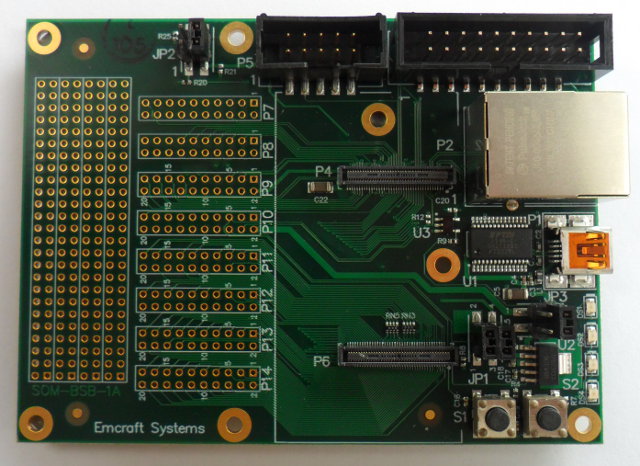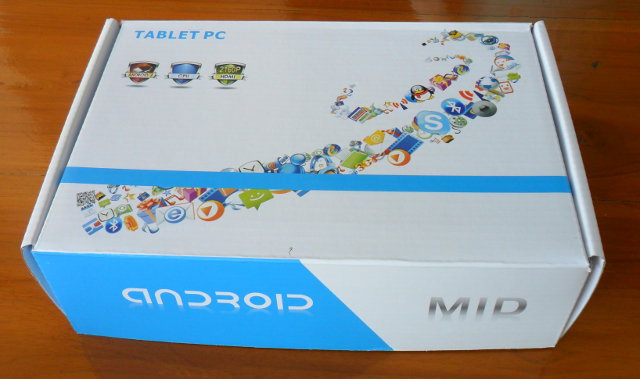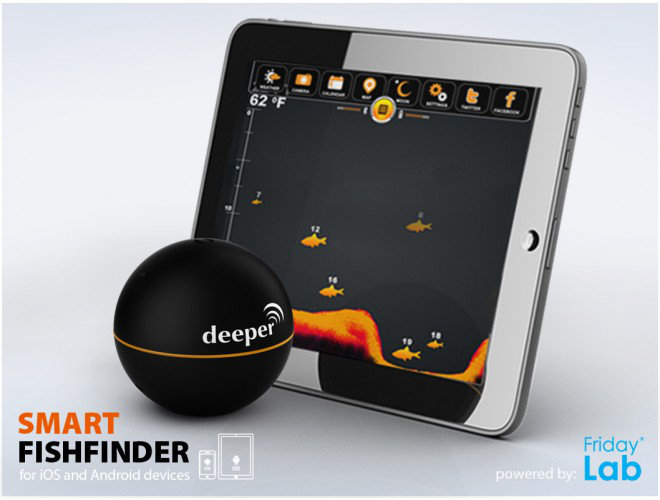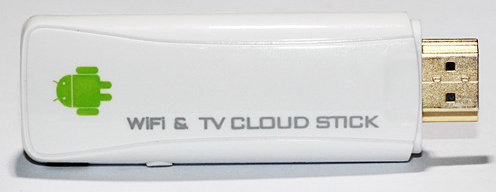A few months ago, I wrote a post about running uCLinux on Cortex M3/M4. Since then I’ve had the opportunity to play a with Cortex M3 & M4 boards capable of running Linux, as last week, I received Emcraft Systems Freescale K70 Starter Kit together with their MicroSemi (previously known as Actel) Smartfusion SoM. Today, I’ll show some pictures of the baseboard and modules I received in the kit, and some details about the documentation and how to get started with the modules. Unboxing Pictures Here’s the baseboard with Ethernet, USB interface using USB-UART bridge connected to the UART0, JTAG connectors (P3 and P5), two push-buttons and a breadboard for easy access to unused signals (ADC, I2C, SPI, UART and GPIOs). P4 and P6 are the sockets to plug in the SoM. There is a lithium-ion battery (CR2016) at the back of the board for the RTC clock. As previously […]
MK802 Android 4.0 mini PC Factory Video
Nicolas Charbonnier, better known as charbax, has shot yet another cool video in one of the small factories where MK802 is assembled, showing the different steps they follow to build a complete device. The PCB assembly is probably done in another factory, and they just assemble the device in this factory, or I should probably call it a workshop… The place appears to be rather small and everything is done by hand, but that’s what makes the video very interesting. This is the company that sells it on Amazon under the brand “OEM Systems Company”. The first five minutes shows a tour of the factory, and in the rest of the video, Charbax interviews the sales manager and the owner of the factory who both dodge sensitive questions about pricing, BOM costs and quantities manufactured monthly… But hey, you’ve got to try. Jean-Luc Aufranc (CNXSoft)Jean-Luc started CNX Software in 2010 […]
The Future of ARM Linux by David Rusling, Linaro CTO
David Rusling, Linaro CTO, gave a presentation about the future of ARM Linux at Linaro Connect, in Hong Kong, at the end of May, where he discussed the current status of ARM Linux for mobile, consumer and enterprise markets, the future of ARM Linux and Linaro involvement. He started by saying what he wants personally: A mobile phone that can’t be easily hacked, with 10 hours of battery life for any kind of applications and data must be synchronized in the cloud. The second slide entitled “Future”, but it looked like more the present to me, addresses 3 markets: Mobile: Android vs. iOS, although Windows 8 is coming Post PC: The desktop fades and laptop/tablet merge (think Asus Transformer) Enterprise: Cooling and Power is key and the enterprise is ready for innovation, meaning it will start using ARM platforms. He then focuses on Linux explaining that Android has been the […]
WM8850-MID Android 4.0 Tablet Unboxing and Review
I recently bought an Android 4.0 tablet with a 7″ capacitive touchscreen based on the new WonderMedia WM8850 processor (Cortex A9 + Mali-400). In my first post, I called this tablet UGoos UG-LMW70, but I just received a no brand package with nothing mentioning Ugoos or the model number UG-LMW70 anywhere. Android settings just show WW8850-mid for the model number. The tablet comes with a 5V power supply, a miniUSB to USB cable, a short miniUSB to USB female adapter, headphones and a user manual in English explaining how to use Android, but nothing about the tablet itself. The tablet has vol-/+ buttons and a power button (left side below), and a power jack, microSD slot, headphones jack, a USB host port, a mini HDMI port, a miniUSB port and a microphone (right to left). They did not include a mini HDMI to HDMI cable, so I did not try HDMI […]
GeneralPlus GP3300X Application Processor Details
Earlier this week, I wrote about GeneralPlus GP3300 Cortex A8 processor and its tablet development platform, but I did not have that much details about the processor itself. I eventually managed to get a bit more information today. GeneralPlus GP33000 family features 2 processors: GP33003 which comes in LQFP216 package and supports up to 512 MB DDR3 RAM. GP33009 which comes in BGA328 package, supports up to 1GB DDR3 RAM and more interfaces such as SPDIF, Ethernet, IR interface and CF card support. GP33003 appears to be better suited for tablets whereas GP33009 could be used in set-top boxes and digital signage players with Ethernet, IR remote and CF card support. The capabilities of these processors are better represented in the block diagram below. This processor features a Cortex A8 core with 32KB L1 cache and 256KB L2 cache, a 2D/3D engine (PowerVR SGX531 GPU), a video decoder and a […]
Collabora and Fluendo Release GStreamer SDK 2012.5 Amazon
Last week, Collabora and Fluendo jointly announced the release of an open source software development kit (SDK ) for GStreamer multimedia framework. The SDK aims at easing the integration of Gstreamer into projects and provides a pre-built version of the framework which is available for Linux, Windows and Mac OS X. GStreamer is used in many Linux applications such as media players (Rhythmbox, Banshee and Amarok), video editors (PitiVi), and media centers such as XBMC among other applications. It’s also often the framework used to play videos on ARM platforms with implementations for OMAP 4/5 and devices compliant with the OpenMAX standard. Gstreamer website has also been updated and provides links to download GStreamer SDK and documentation on the home page. The new documentation looks pretty good with fives main sections: Instructions for installing the SDK on Linux (Ubuntu, Debian and Fedora), Windows or Mac OS. 11 basic and 2 advanced tutorials. […]
Deeper Smart FishFinder: A Sonar For Android and iOS Mobile Devices
Friday Lab has designed and developed Deeper Smart Fishfinder, a Sonar that communicates with your smartphone or tablet via Bluetooth in order to help you locate the best location for fishing (i.e. where the fish are…). Deeper works with Android 2.2 or greater devices as well as iPhones and iPADs running iOS 4.0 or greater. The device, about the size of a tennis ball, is made of high-impact polycarbonate shell. This smart sonar is waterproof and can handle small shocks. You can use the Deeper for up to 6 hours on a battery charge and Bluetooth range is up to 50 meters. You’ll be able to see the bed of the pond, lake or river on your device, know where and how big the fish are as well as the temperature and depth of water. You can watch the video to see how the device was designed and how it […]
52.99 USD CX-01 Mini Android 4.0 TV Box Powered by TeleChips TCC8925 (Cortex A5)
If you thought the 74 USD MK802 Android mini PC was cheap, think again. One of my reader informed me that Pandawill started selling a similar product for 52.99 USD (inc shipping). The “CS-01 Mini Android TV Box” features a Telechips TCC8923 dual TCC8925 Cortex A5 processor clocked at 1 GHz 800 MHz with 512 MB RAM and 4GB NAND Flash, and runs Android 4.0.4. Here are the specifications of the device: SoC – Telechips TCC8923 (dual core Cortex A5) TCC8925 @ 1GHz 800 MHz with Mali-400 GPU System Memory – 512MB RAM Storage – 4GB NAND flash Video output – HDMI (Up to 1080p60) Video formats – AVI, RMVB, MKV & FLV (1080P) Audio formats – MP3, WMA, WAV, APE, AAC, FLAC, OGG Connectivity – Wi-Fi 802.11 b/g/n USB – 1 x USB 2.0 port + 1 x micro USB port Dimensions – 90 x 40 x 29mm Weight […]








